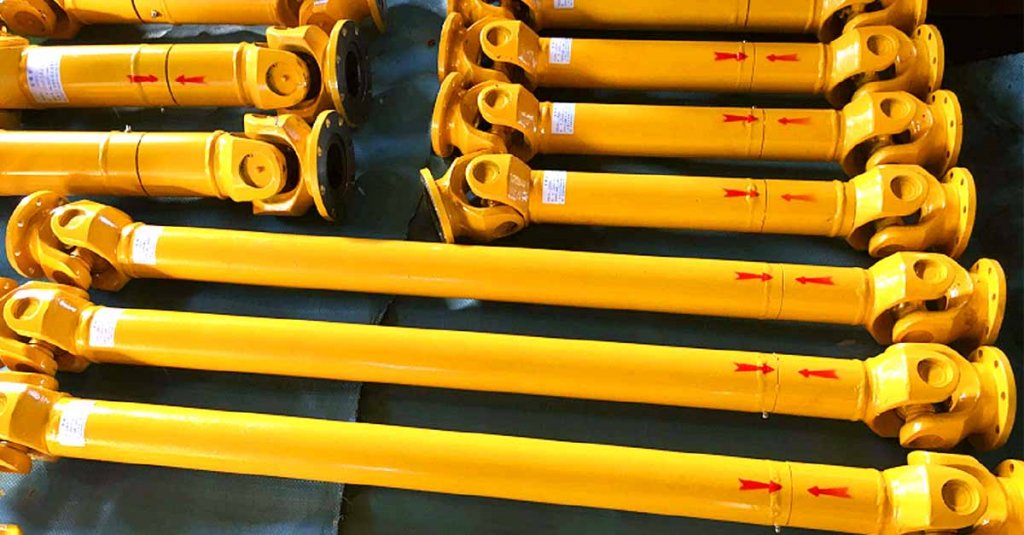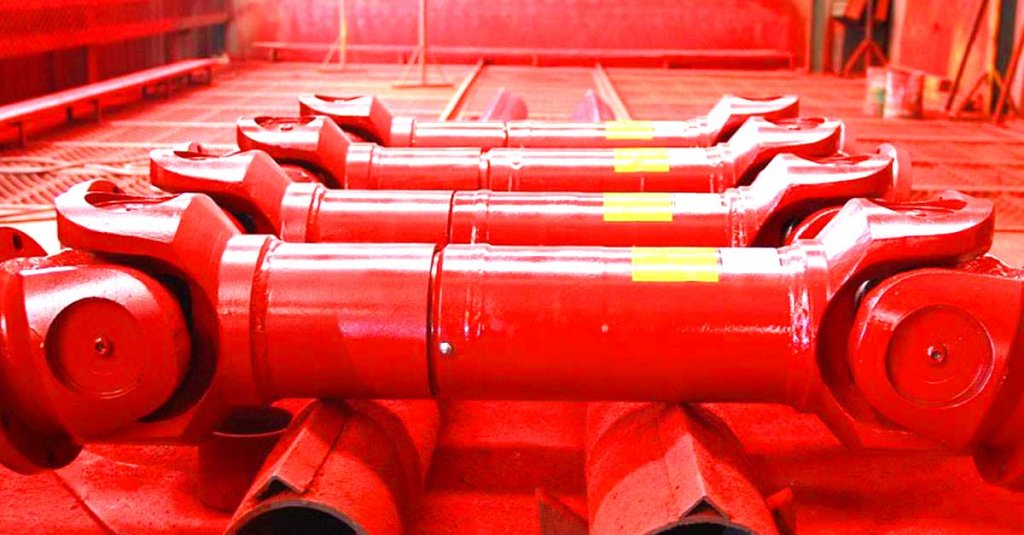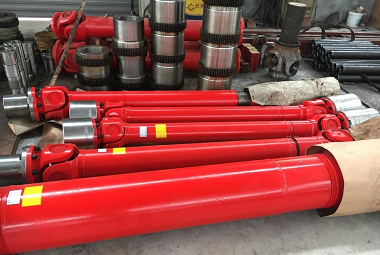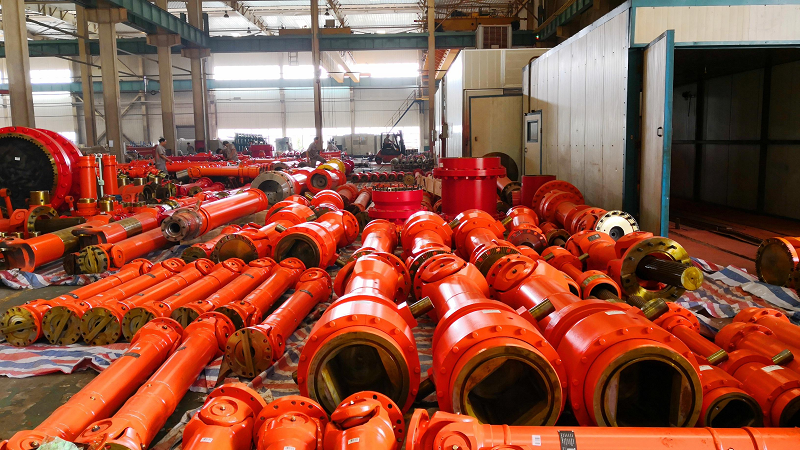 tira laminada en caliente acero Se refiere a tiras y placas producidas por laminación en caliente.. El espesor general es 1.2 a 8mm. Tiras con un ancho inferior a 600 mm se llaman tira estrecha sacero, y aquellos con un ancho de más de 600 mm son tiras anchas sacero.
El cardán El eje del tren de laminación de bandas en caliente es un componente de transmisión muy importante en todo el sistema de laminación., que afecta la entero equipo de producción y la calidad del producto.
Los requisitos técnicos para las bandas laminadas en caliente. El acero consiste en cuatro aspectos:
tira laminada en caliente acero Se refiere a tiras y placas producidas por laminación en caliente.. El espesor general es 1.2 a 8mm. Tiras con un ancho inferior a 600 mm se llaman tira estrecha sacero, y aquellos con un ancho de más de 600 mm son tiras anchas sacero.
El cardán El eje del tren de laminación de bandas en caliente es un componente de transmisión muy importante en todo el sistema de laminación., que afecta la entero equipo de producción y la calidad del producto.
Los requisitos técnicos para las bandas laminadas en caliente. El acero consiste en cuatro aspectos:
- Alta precisión dimensional
- Buena forma plana
- Buena calidad superficial
- Buen desempeño
Elegimos acero de aleación 35CrMo de alta calidad como materia prima para las puntas con bridas y las puntas de soldadura., 20CrMnTi como material del componente central., conjunto de eje transversal, y garantizar que el contenido de cada elemento del material pueda cumplir o superar las regulaciones nacionales mediante análisis químico. Las propiedades mecánicas de la horquilla con brida y de la horquilla de soldadura se mejoran mediante el tratamiento térmico de modo que el eje cardán pueda soportar un par máximo de varias veces o más el par de carga., lo que reduce en gran medida la probabilidad de que el eje cardán esté torcido. Al mismo tiempo, Utilizamos máquinas CNC y centros de procesamiento para procesar las horquillas de brida y las horquillas de soldadura.. Al hacerlo, no solo se mejora el grado de cooperación con la brida del manguito del eje anfitrión, sino que también garantiza la precisión del montaje del propio eje cardán. Hemos adoptado muchas medidas de protección para el eje cardán para hacerlo más adaptable al duro entorno de los laminadores, como las altas temperaturas., polvo, y humedad. Al mismo tiempo, También se espera que el uso in situ de la unidad para el mantenimiento regular, si se encuentra algún problema durante el uso, Procesamiento oportuno y comentarios para contactarnos..







